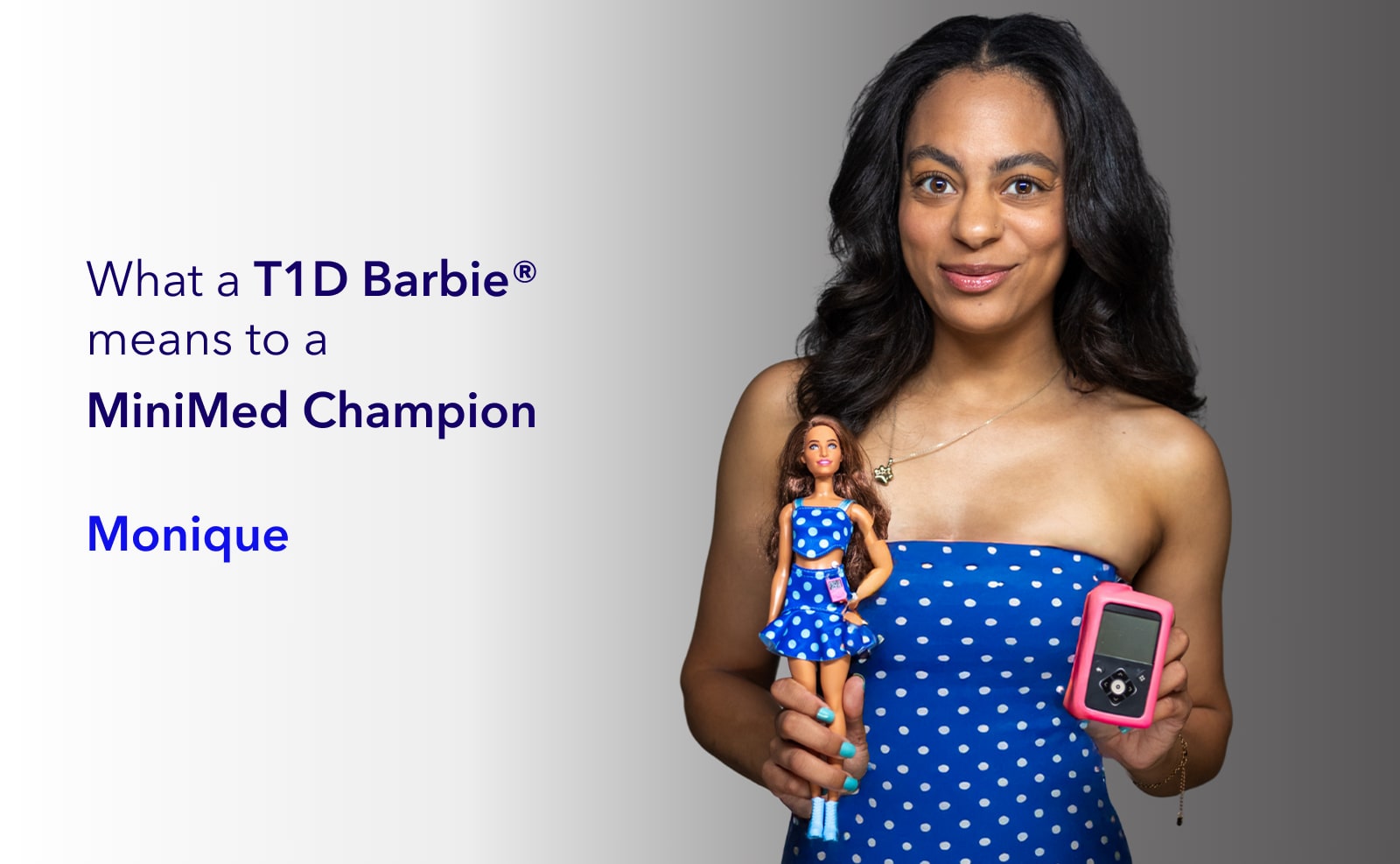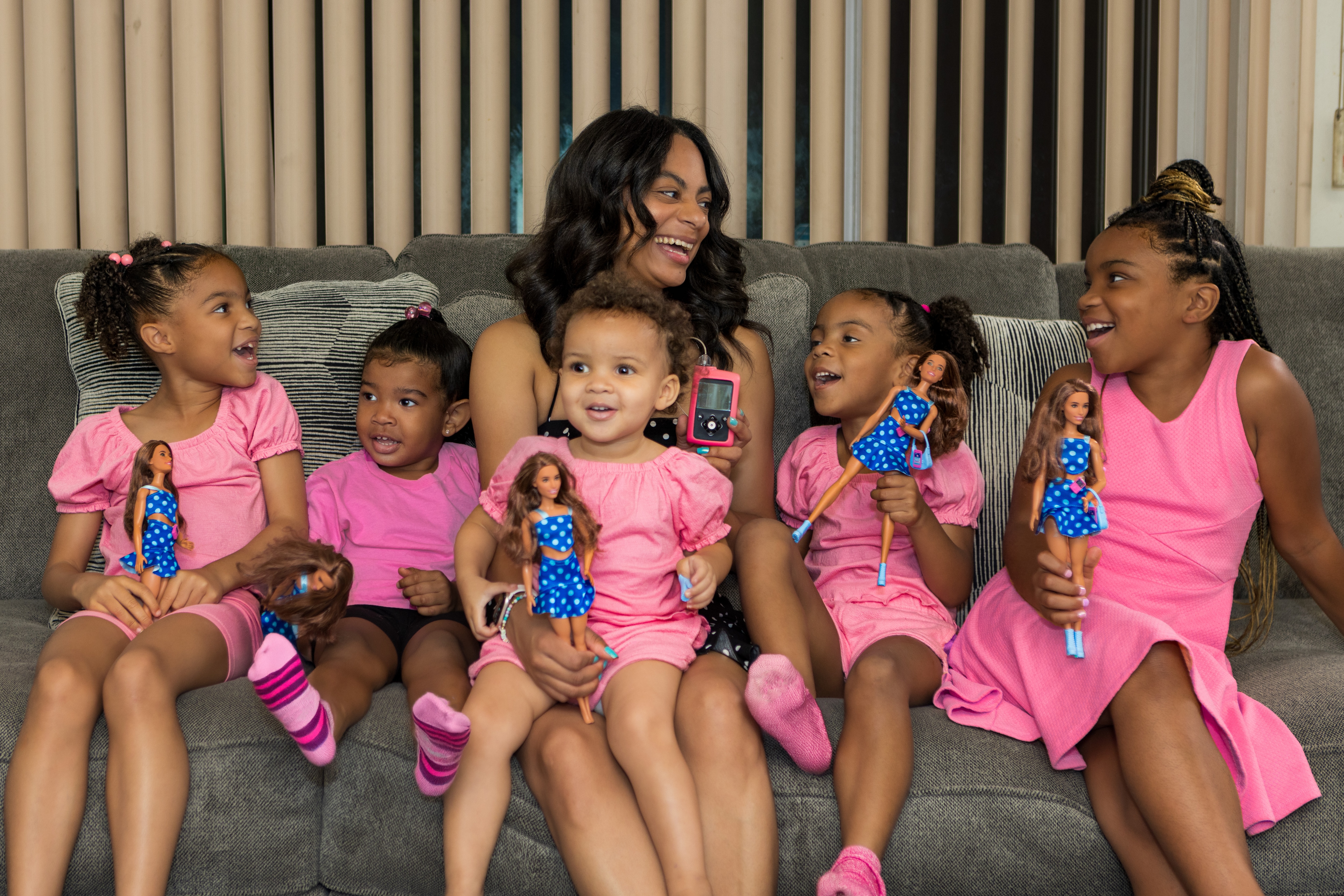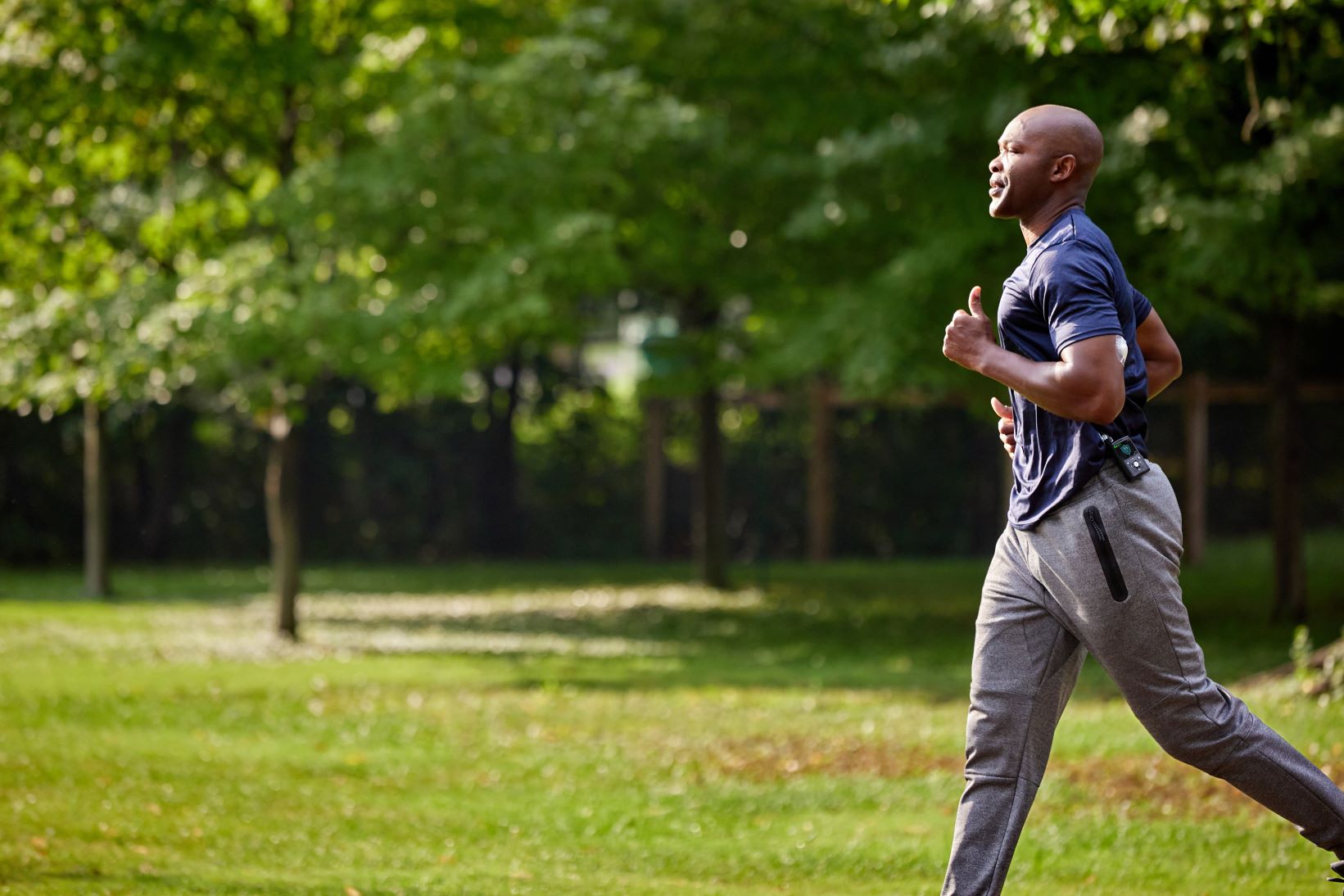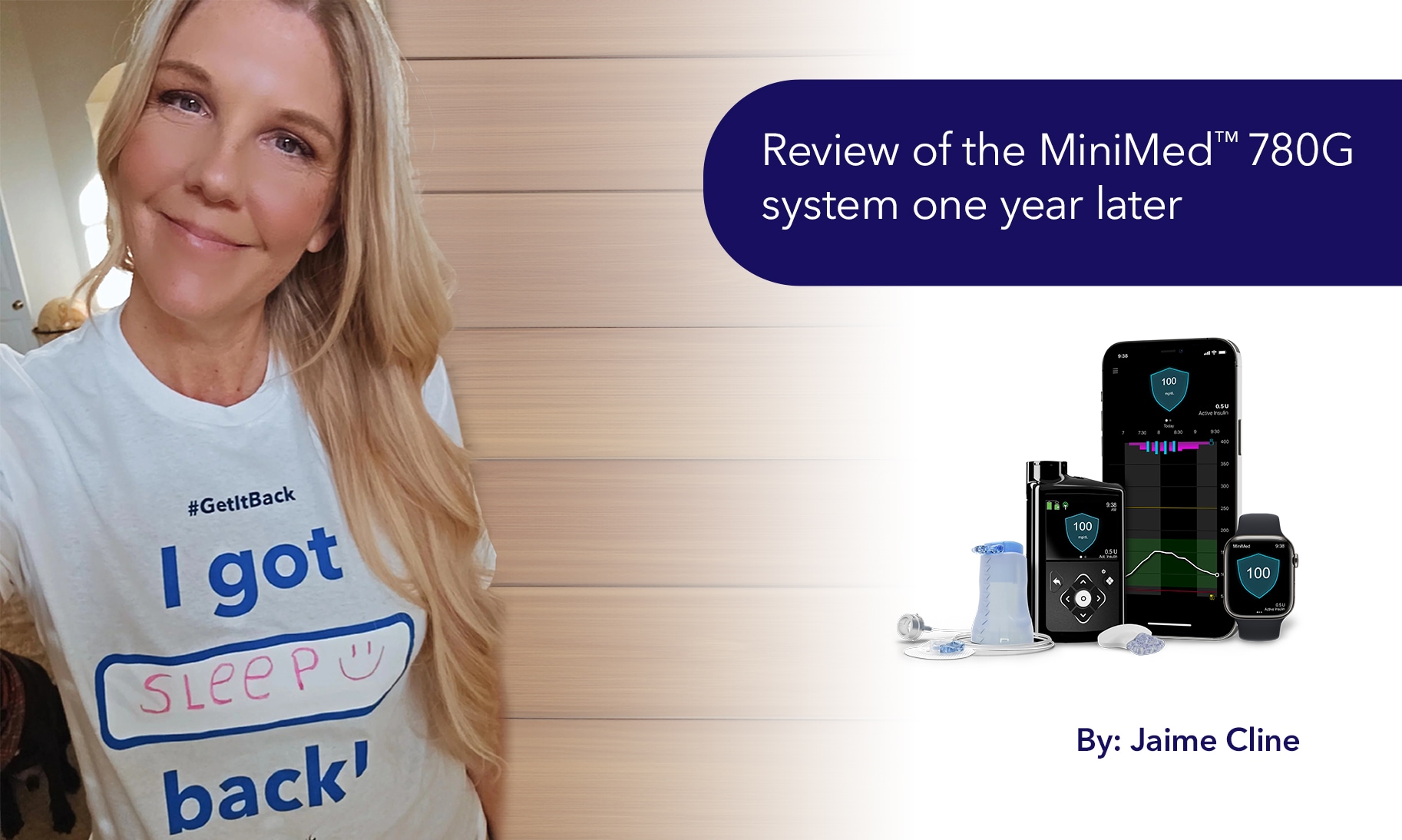What a T1D Barbie® means to a MiniMed Champion

Type 1 diabetes and Barbie®
Hi, I’m Monique, a proud #MiniMedChampion living with type 1 diabetes (T1D). I’m excited to share something that has truly touched my heart — a Barbie doll with type 1 diabetes! For a girl who grew up obsessed with Barbie and later became part of the diabetes community, this is a full-circle moment that means more than I can put into words.
Childhood fan
As a kid, I was a Barbie FANATIC. I had every doll, house, and playset imaginable, spending countless hours immersed in Barbie’s world. I played with Barbies until I was a high school freshman — the very same year I was diagnosed with type 1 diabetes.
That diagnosis changed everything. I felt embarrassed, isolated, and sometimes even angry. I started dosing in the bathroom and visiting the nurse to test my blood sugar in secret. While my local hospital hosted events and field trips for kids with diabetes, those moments of camaraderie were short-lived. Once I returned home or went back to school, the loneliness would creep in again.
If there had been a T1D Barbie back then, I might have held onto those carefree playtimes a little longer — maybe even in secret!
A “dia-bestie” for every child
This Barbie isn’t just a doll; she’s a symbol. She’s a dia-bestie you can bring home, a reminder that you’re not alone. She tells children with diabetes that they can do anything. For kids like me, who once felt embarrassed and misunderstood, this Barbie is a beacon of hope and representation.
In a world where diabetes awareness is often lacking, I hope this doll sparks curiosity and encourages people without diabetes to educate themselves about the condition. This isn’t just a win for the diabetes community; it’s a step toward breaking down biases, stigmas, and stereotypes.
Representation matters
One of the things I love most about this T1D Barbie is how she shows that diabetes doesn’t look the same for everyone. There’s no “textbook” person with diabetes. Diabetes doesn’t discriminate — it affects people of all ages, genders, body types, and activity levels.
As a MiniMed Champion, I’ve made it my mission to share this message. I want to show that diabetes is a universal challenge, and our community is stronger when we embrace our differences and lift each other up.
I was so excited to share this Barbie with my nieces. They’ve always been curious about my devices and how “Auntie Momo” takes care of herself. Now, they’ll have a fun, relatable way to learn about diabetes and share that knowledge with their friends.

Knowing that this doll could inspire conversations and foster understanding warms my heart. It’s a tangible way to teach kids that people with diabetes are just like everyone else.
Pushing for progress
Barbie has always been about breaking boundaries, and this doll is no exception. She’s pushing us in the right direction, helping to normalize diabetes and giving kids a sense of belonging.
If 13-year-old Monique could see this Barbie, she’d be crying tears of joy while building a hot pink shrine for her new doll!
This doll is a triumph for everyone living with diabetes.
Guest Writer: Monique, MiniMed Champion



